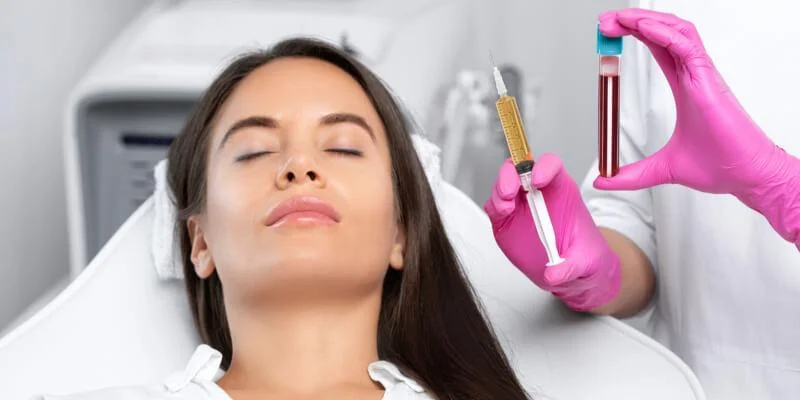Do You Know What Tubes Will You Need For PRP?
Platelet-rich plasma (PRP) therapy is a popular trend in cosmetic and medical fields due to its versatility in treating various issues, such as wound healing and skin rejuvenation. The key to its success is precise PRP preparation, often utilizing tools like PRP tubes to achieve the necessary platelet concentration for effective injections.
Most centrifugation setups use vacuum-sealed PRP tubes plasmolifting for blood samples in PRP preparation. However, any tube with separating agents like gel, buffy coat, or sodium citrate can be employed. The choice of PRP tube depends on the specific PRP system or kit being used, with options for single or multiple tube types.
Vacuum-sealed blood centrifuge tubes
Conventional PRP preparation is a vital procedure in both cosmetic and medical practices, involving several crucial steps.
- Blood collection
Blood is drawn from the patient using vacuum-sealed blood centrifuge tubes. These tubes are essential in maintaining sample integrity by preventing contamination and clotting during collection.
- Centrifugation
The collected blood is placed in a centrifuge, a high-speed machine that separates its components based on density. During this process, the platelet concentrate is separated from other blood components.
- Importance of vacuum-sealed tubes
Vacuum-sealed tubes are crucial because they minimize contamination risks, ensuring the purity of the PRP serum. Contaminants can compromise the effectiveness and safety of PRP treatments.
- Timing is critical
Timing is vital in the centrifugation process. Delays between blood collection and centrifugation can trigger natural clotting factors, affecting PRP quality. To prevent premature clotting, anticoagulants like sodium citrate may be necessary. Failing to use anticoagulants or timely centrifugation may result in platelet-poor plasma, reducing the therapeutic benefits of PRP.
Vacuum-sealed blood centrifuge tubes are indispensable tools in PRP preparation, ensuring blood sample integrity and the quality of the resulting platelet-rich plasma. Proper timing and the use of anticoagulants are critical to optimize the procedure, leading to more effective PRP treatments in cosmetic and medical applications.
Blood collection tubes
When conducting specific procedures that involve adding compounds like sodium citrate to the blood before centrifugation, additional medical blood collection tubes are necessary.
These tubes play a crucial role in maintaining the integrity of the blood sample and preventing contamination, especially when the blood is transferred between tubes multiple times before being processed into PRP.
- It is essential to prioritize sterility to ensure the success and safety of the PRP procedure. While using the correct transfer needle can help reduce the risk of contamination, the sterility of the collection tubes is equally essential.
- Blood collection tubes are also helpful for other platelet therapy methods, such as plasma-rich fibrin matrix treatments. These procedures may require additional manipulation of the blood sample, making extra collection tubes a valuable resource. The choice of these tubes can vary depending on the preferences of the PRP provider and the available equipment.
In all cases, it is imperative to maintain a sterile and clean environment when working with tools and accessories involved in PRP preparation. This helps guarantee the quality and safety of the resulting PRP serum, ensuring optimal outcomes for patients undergoing platelet-rich plasma treatments.


